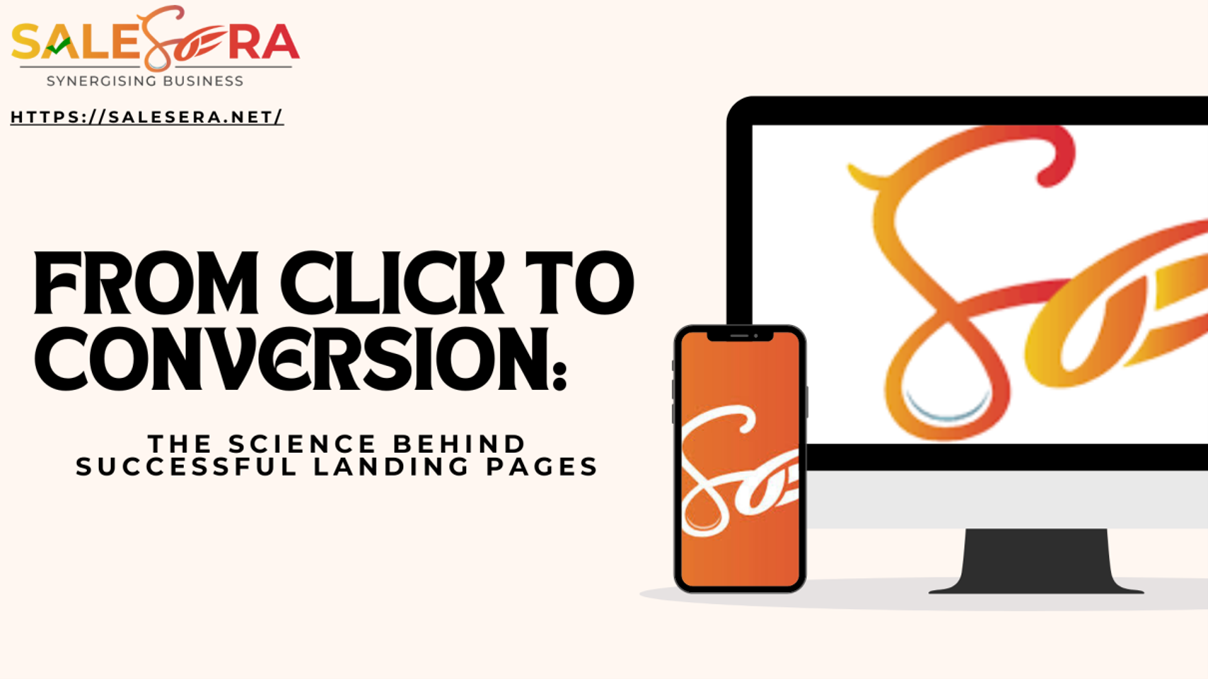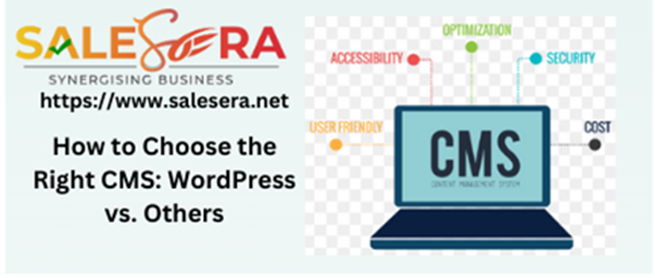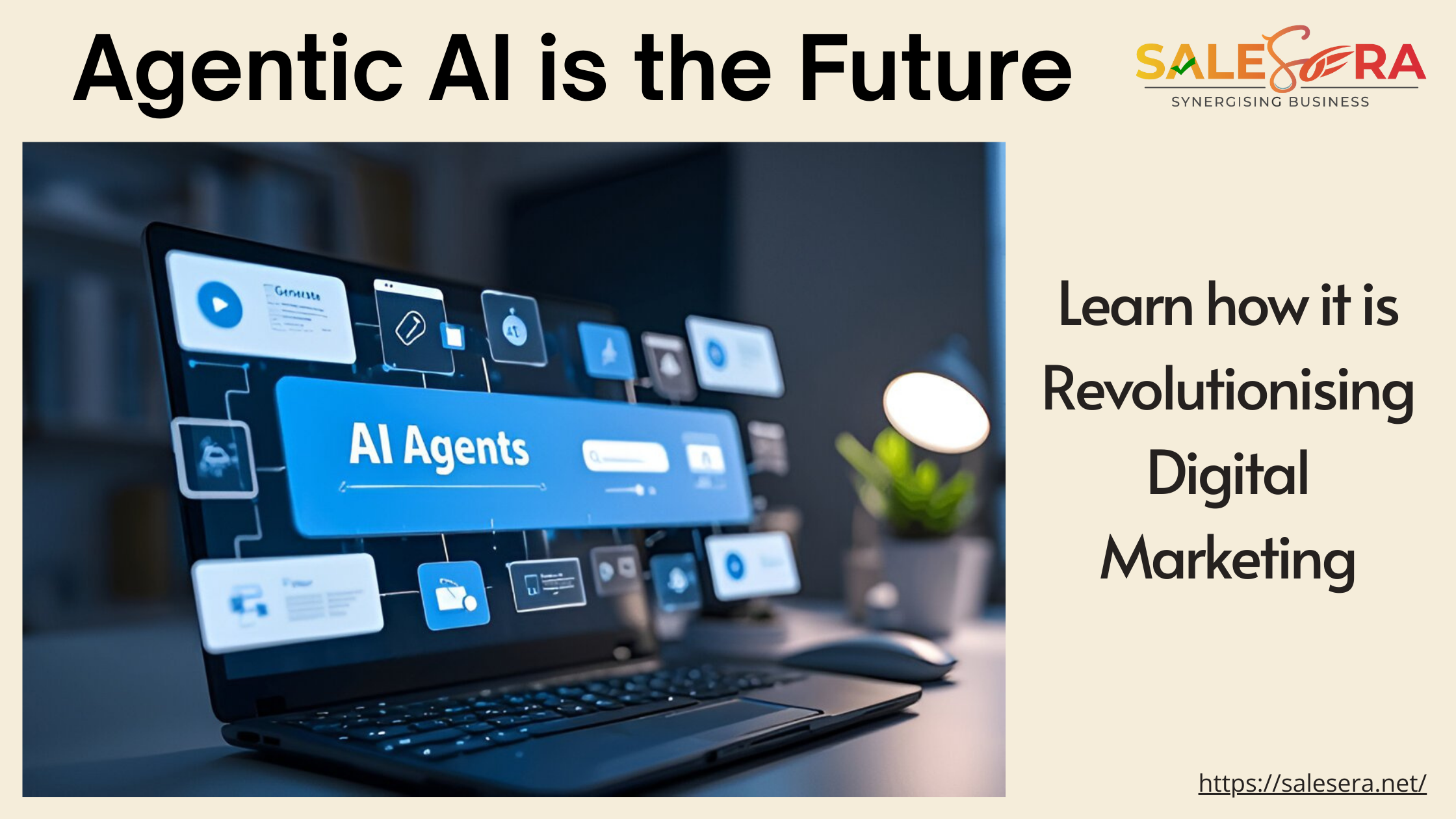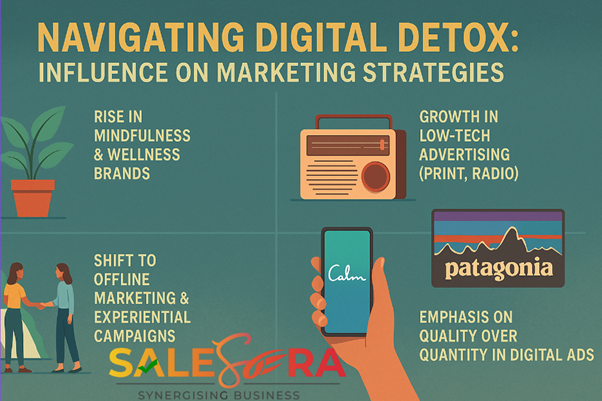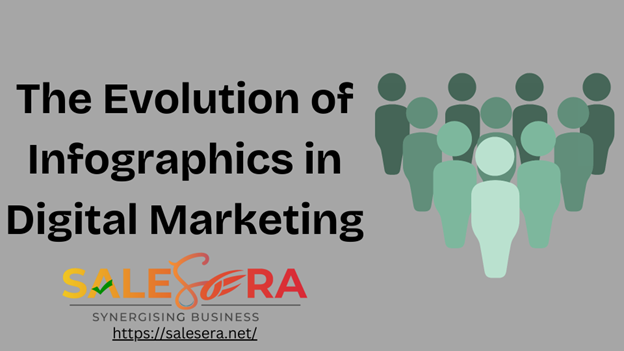You own your website and hope to attract more customers. You realize each customer has different needs, so you must explore different methods to capture their attention. Redirecting everyone to the same page is not an effective tactic.
The main objective of an Inbound Marketing strategy is to attract the right people through valuable content. Beyond that, it must be able to encourage them to ingest more content, move down the funnel, and become customers.
In reality, for this trajectory to happen, you need to transform those people, and there is no more effective conversion tactic than using landing pages.
It is a crucial tool for digital marketing, as it is designed to catch visitors’ attention and convert them into action.
Its main goal is to direct the user towards a specific conversion, whether completing a form, subscribing to an email list, or making a purchase.
This strategy provides a clear focus and a straightforward value proposition, eliminating distractions, and boosting the chances of success in advertising campaigns and lead-generation tactics.
Therefore, we will teach you everything you need to know about this strategy and how to develop your own to influence your conversions and, consequently, your results.
What is a Conversion?
Before defining what a landing page is, it is worth clarifying first that a conversion is transforming a visitor into a business opportunity, and that there are two types of conversion possible on a website:
- Direct: when the website user reacts to a product/service proposal and performs the specific action to proceed with the purchase (purchasing a product on an e-commerce website, requesting a quote via a form on the website, booking a service schedule, registering for a product or service, calling the company’s sales office, etc.)
- Indirect: when the user provides personal information (name, email, phone number, company, etc.) in exchange for an offer of free content or service.
What is a Landing Page?
They are simple websites, which usually do not have sections and do not direct you to other pages. They have far fewer elements and links than a conventional website home page has.
This is done proportionally, after getting a visitor to one of these pages. The only goal with this visitor should be to achieve conversion.
In addition, for each audience group, you can have a page according to the strategy. Although it implies an effort in the elaboration of the messages on the page, the same structure and design can be used for each one.
Canva is one of the landing page examples. The title gives the user a description of what they will be able to do on this platform.
This is a great tool that, using an image design centered on a drag-and-drop operation, assists the customer in simply creating professional graphics.
In addition, it illustrates the differences between the free and paid options transparently and straightforwardly, allowing the user to make the right choice based on their goals, requirements, and capabilities.
It is an example that stands out mainly because upon entering the data, users receive a 30-day trial, and almost no one turns down a free month.
Explore the Types of Landing Pages
Home Page:
It is incorporated, on the home page if you want to highlight and detail a product. This will make it easier to reach the public and increase the conversion rate.
It is placed below the introduction to the brand, or if it is a well-known company, it can be included right in the first frame.
Category Page:
When users search for a particular product, they will be directed directly to a category page that appeals to them. This will prevent them from visiting the entire site and getting sidetracked before making a purchase.
Launch Page:
With this landing page, a limited menu page is developed if a launch is planned, as this will draw attention to the specific offer.
It is convenient to avoid the inclusion of external links and to restrict the navigation alternatives to prevent the user from getting distracted.
Page with Form:
If you are looking to collect information to generate leads, include a form with a quick and compelling explanation of what audience inconvenience has been detected and how it will be resolved.
Contact information is essential in a personalized and relevant marketing strategy. Valuable content such as eBooks or a podcast should be offered.
Facebook Page:
This type of landing page is to enhance the Facebook page, where landing pages are adjusted and calls to action are added.
Multiple links are established to a web page where there are forms since this social network represents an efficient means of communication between the company and the potential customer.
Click-through Page:
To guide the user to a direct purchase, a click-through page is set up, usually leading to an offer or a trial period, whether it is for software, an educational application, or a service.
Only the buy button is included, as any other link could turn the user away.
Five Benefits of Landing Pages
#1. Personalization of the User Experience:
The page can adapt to the demands of different user groups, facilitating segmentation and boosting relevance and conversion efficiency.
#2. Improve your Brand Reputation:
Properly designed and written pages help boost users’ perception of a brand. A professional, personalized, and focused page is proof of the company’s seriousness, consistency, and dedication to its customers.
#3. Higher conversion rate:
By focusing the visitor’s attention on a single desired action, there is a greater chance of converting visitors from prospects to genuine customers.
#4. Improve the Quality of Customers:
It makes it easier for companies to acquire useful data about visitors and their interests, making it easier for sales and marketing teams to understand better prospects, customize their tactics, and make sales.
#5. Increased Effectiveness in Measuring ROI:
They are an effective tool for calculating the ROI of advertising campaigns. By focusing on a single action, companies can easily evaluate the effectiveness of their advertising strategy.
A Step-by-Step: Optimal Landing Page Structure
Simplicity and Focus:
Thriving pages are those that maintain a single perspective. Regardless of the objective, it is best not to clutter the page with superfluous distractions.
- Clear headlines: Headlines that touch on the audience’s problems or show an obvious benefit generate considerable impact. Avoid technical language and go straight to the main issue.
- Simple design: Eliminate distractions that may divert the user’s attention from the call to action. Employ an orderly, easy-to-access design with clear sections.
- Minimalist forms: If you require personal details, keep it concise. Long forms can increase data retention rates. Only ask for data that is necessary to complete the conversion.
Persuasive and Action-Oriented Texts:
Persuasive and motivating texts will be the basis of any high-converting landing page. The words used must motivate visitors to act.
- Appeal to the sensitive part: Understand the audience’s difficulties and present the product or service as the answer.
- Create a sense of urgency: Phrases such as “Limited time offer” or “Get started today” generate a sense of urgency, encouraging users to act now.
- Employ action-focused CTAs: The action button should use relevant language. Instead of “Submit” or “Click here,” use phrases like “Get started,” “Request your free trial,” or “Get my discount.”
Testimonials and Social Proof:
When prospective customers see that others have used and benefited from your product or service, trust arises. Incorporating social reviews on the landing page can increase conversions:
- Show testimonials: Feature customer testimonials or success stories that highlight the benefits of the product or service. Genuine reviews can have a deeper impact on visitors.
- Show trust badges: Provide trust accreditations, secure payment emblems, or membership alliances. These badges represent a sign of trust and decrease users’ apprehension when making purchases or signing up.
Optimization for Mobile Devices:
A large portion of web traffic comes from mobile. If the page is not designed for mobile users, a significant portion of potential conversions could be lost. Below, we explain how to confirm that the landing page is optimized for mobile devices:
- Responsive design: Ensure the page adjusts to various screen sizes (smartphones and tablets). The content and design should resize automatically without compromising the user experience.
- Fast load times: Mobile users are often on the move and may not have fast Internet access. A page that takes too long to load will cause users to leave the page. Optimizing images and text will ensure fast page load times.
High-Quality Visual Elements:
Visual elements are a powerful means of conveying a message. Including images and videos can help visitors understand the product or service more effectively and create a connection. However, it is crucial to employ them efficiently:
- Product images: If you are marketing a product, high-resolution photographs that showcase it from a variety of perspectives can help convince consumers to buy.
- Explanatory videos: A short video describing the benefits or attributes of the service or product can capture the attention of visitors in a different way than text.
A/B Testing and Optimization:
Even if the landing page looks perfect, it may not be optimized to achieve the highest conversion. Use A/B testing to generate two versions of the page with slight modifications, and test them against each other to determine which is more effective.
- Testing headlines: It is recommended to experiment with several variations of the headline to determine which one has the greatest impact on the audience.
- Test CTAs: Examine various text, tonalities, and locations for the CTA button to find out which one produces the most clicks.
- Analyze user behavior: Analyze how visitors interact with the page and use the numbers or data to refine the design.
Optimize the SEO Strategy:
Although the purpose of a landing page is usually to convert, it is also necessary to optimize it for search engines to capture organic traffic.
- Keyword research: Keywords related to the product or service should be searched for to help the page appear in search engine results, but should be integrated naturally into the text and not overused.
- Meta descriptions and titles: Make sure that the page has a captivating Meta description and title, key elements for SEO and user engagement. A clear and concise Meta description increases the click-through rate in search results.
- Alternative text for images: Images also have the potential to help SEO. Incorporating descriptive alternative text into images makes them easier to rank in searches and improves page accessibility.
Lead Magnets to Capture More Potential Customers:
Lead Magnets are free tools that capture the attention of visitors to provide their data. It is possible to increase your conversions by providing something of value in exchange for an email address or other data.
- Examples of Lead Magnets: Are digital books, blank books, free exams, online seminars, or even rebates.
- Clear value proposition: Ensure that the Lead Magnets are of importance to the audience. It should solve a problem or provide something of value in return.
Level Up Your Conversion with Landing Page
This is an effective method to increase traffic, optimize SEO, and strengthen a brand. The average conversion rate of these pages across all industries is 6.6 per cent.
These pages direct customers to a specific product service or offer and encourage them to take action. This creates the potential for conversions and customer retention.
If these pages are so relevant, why not use them yourself? An effective page will help your business provide the customer with what they are looking for with additional effects.
Want to use other ways to generate traffic and increase conversions? SalesEra is the right choice. This marketing agency provides digital solutions such as SEO, PPC, and content marketing to drive growth and engagement.
Contact us now and get advice from top marketing and advertising companies in India.

